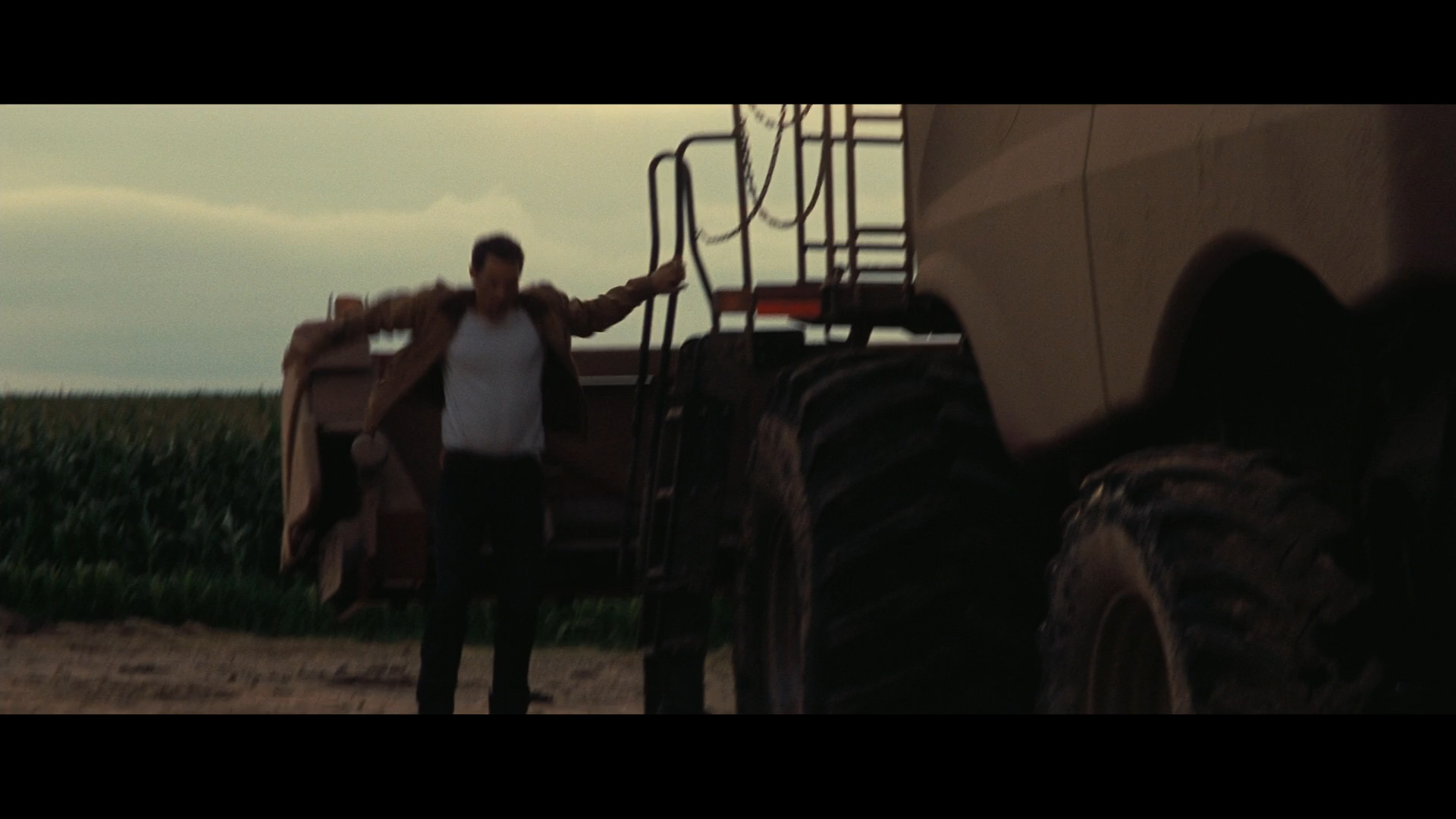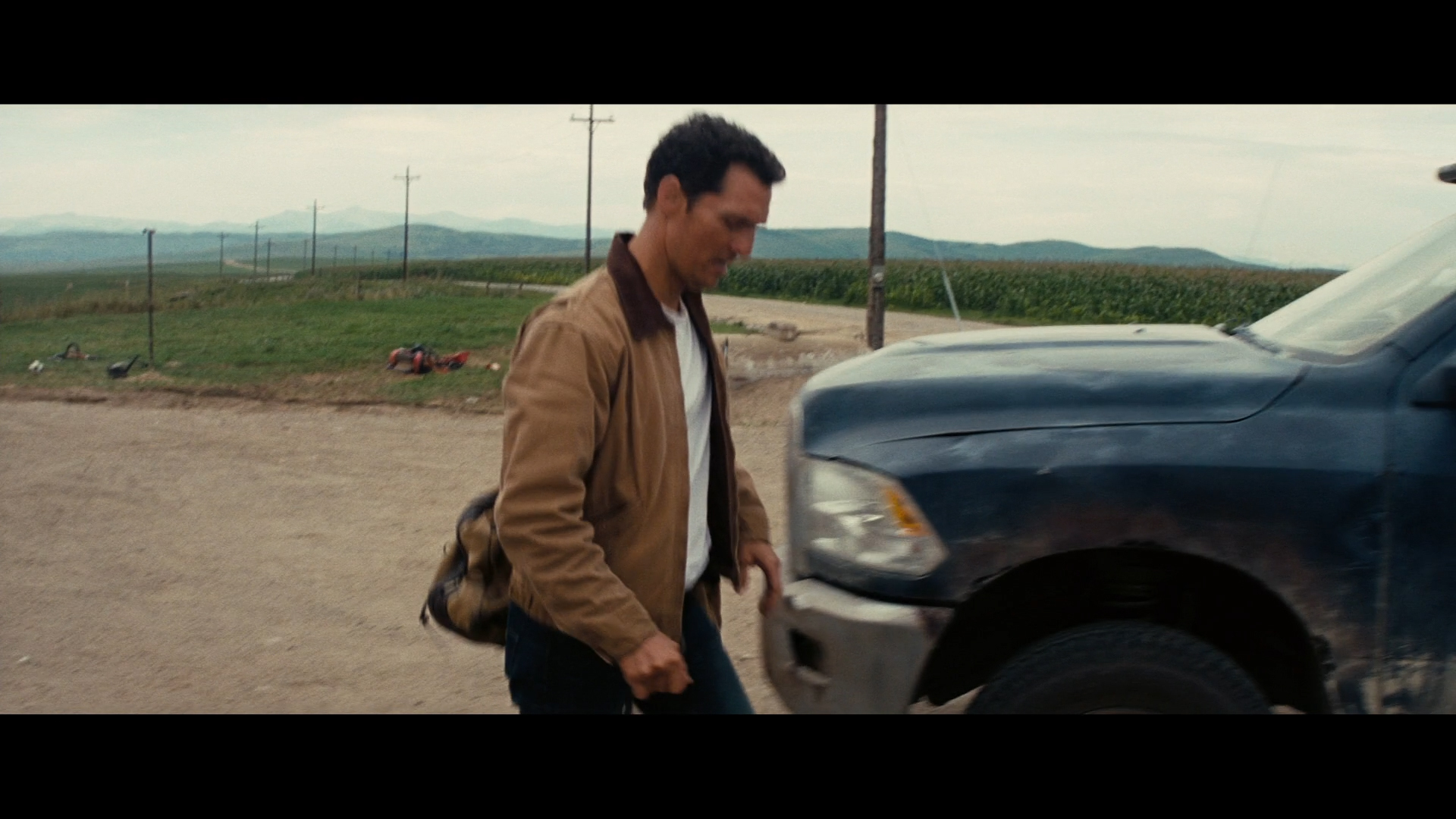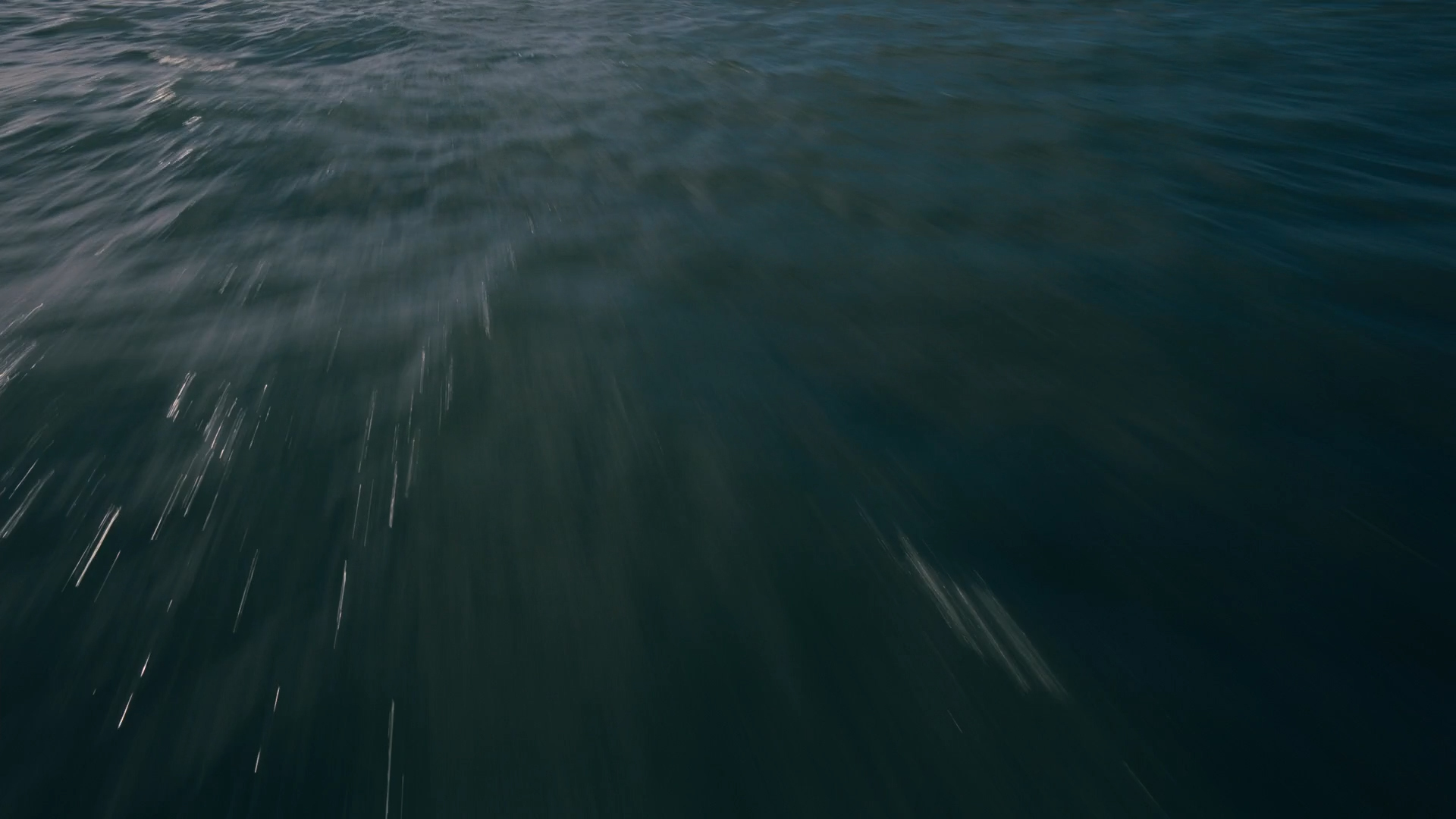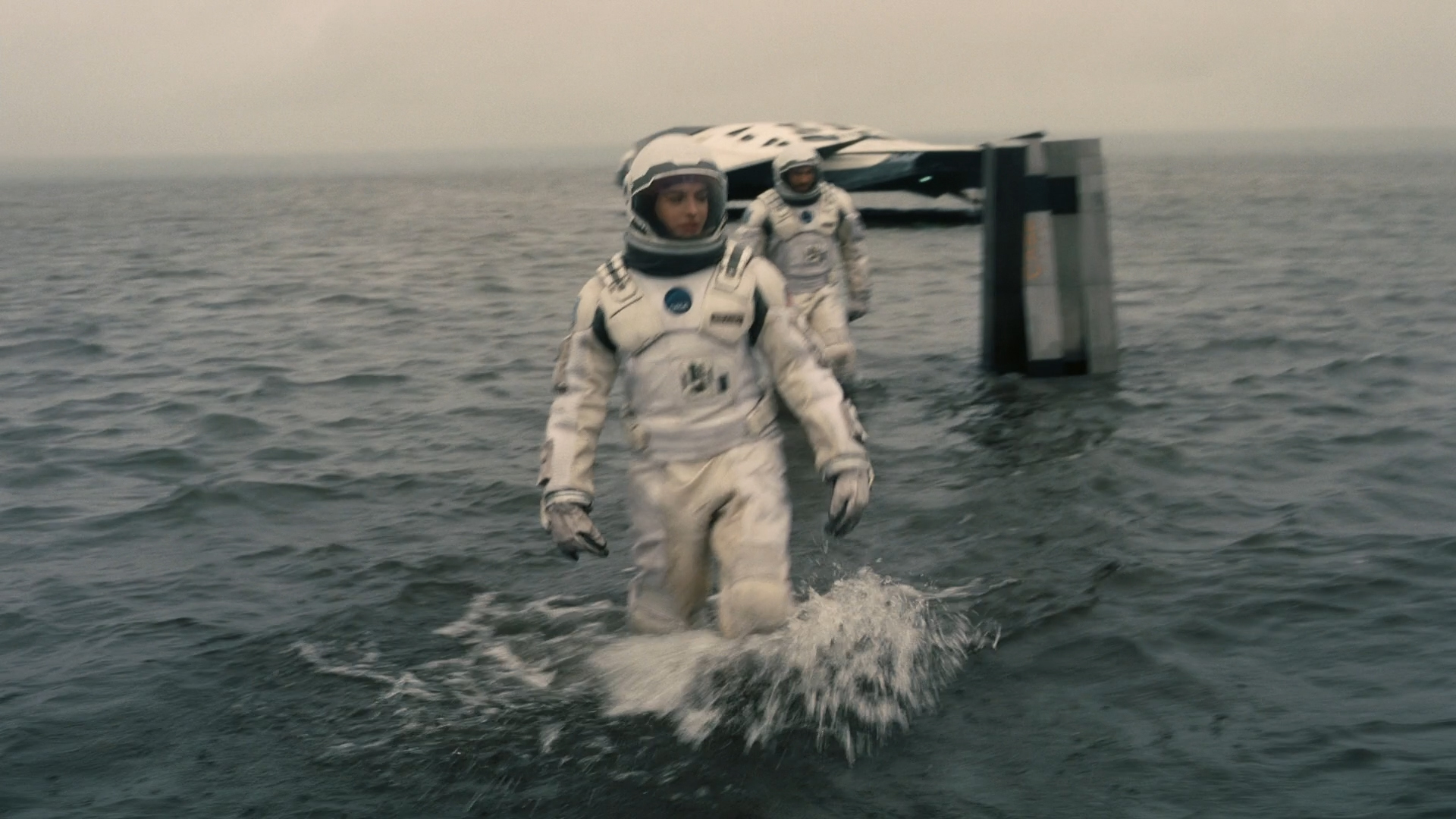Update: I was correct in calling out the TAA in Uncharted 4 as the culprit, just out of curiosity I've watched this demo from Epic again
Higher quality here: http://www.gamersyde.com/news_unreal_engine_open_world_video-16335_en.html
The AA used in that video exibits most of the issues seen in the recent Uncharted 4 footage (although more exaggerated), pictures:
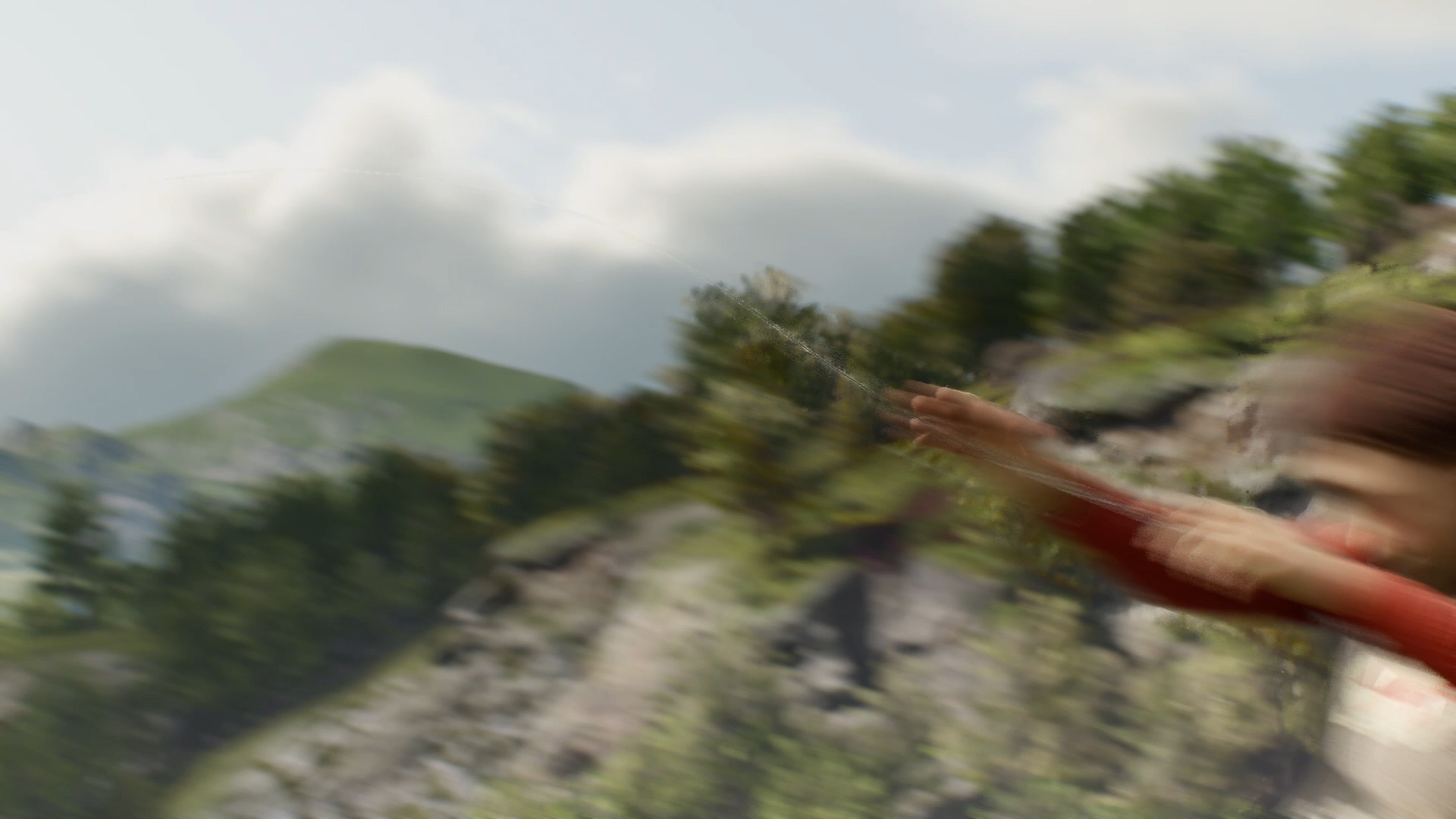
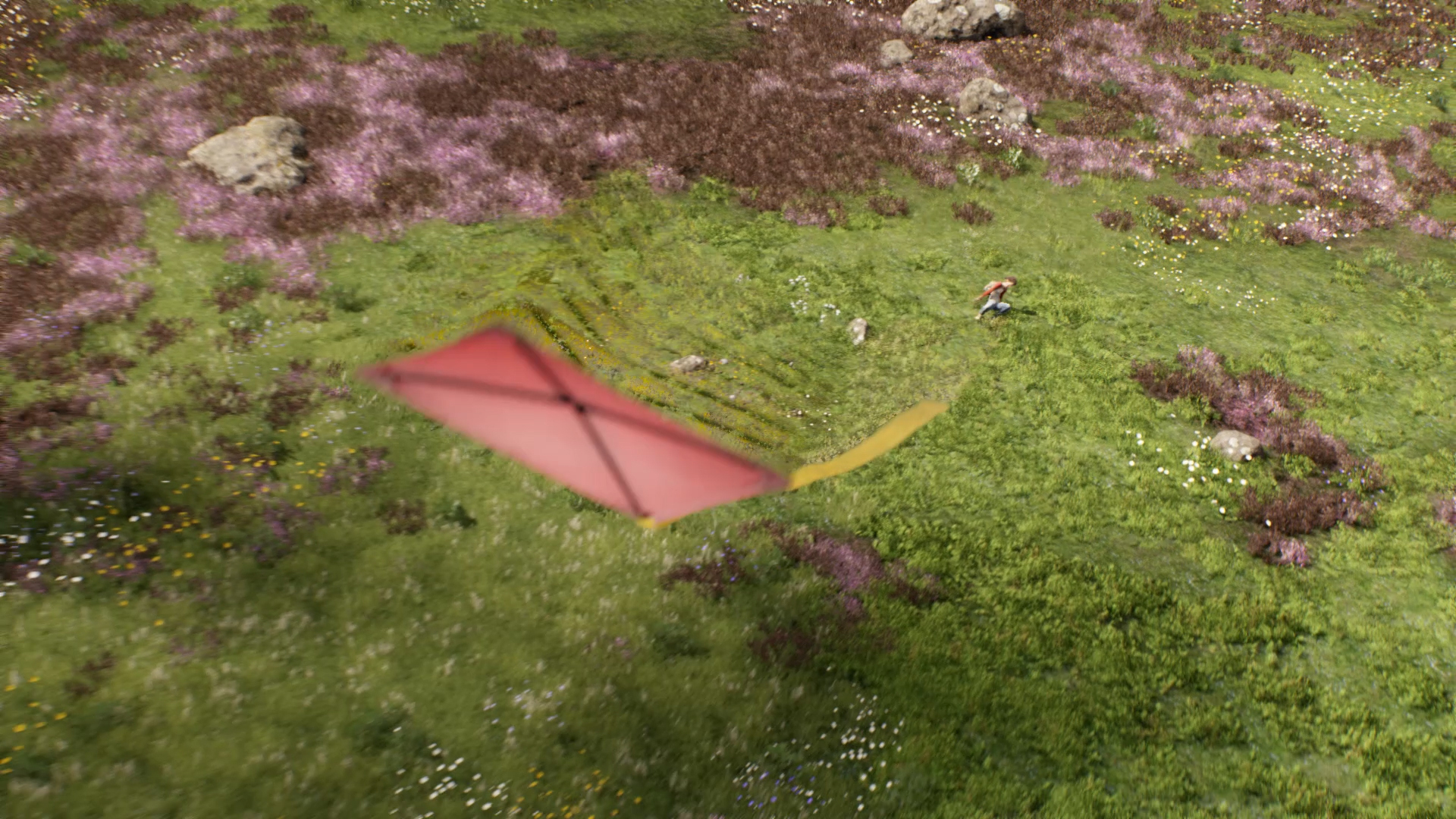
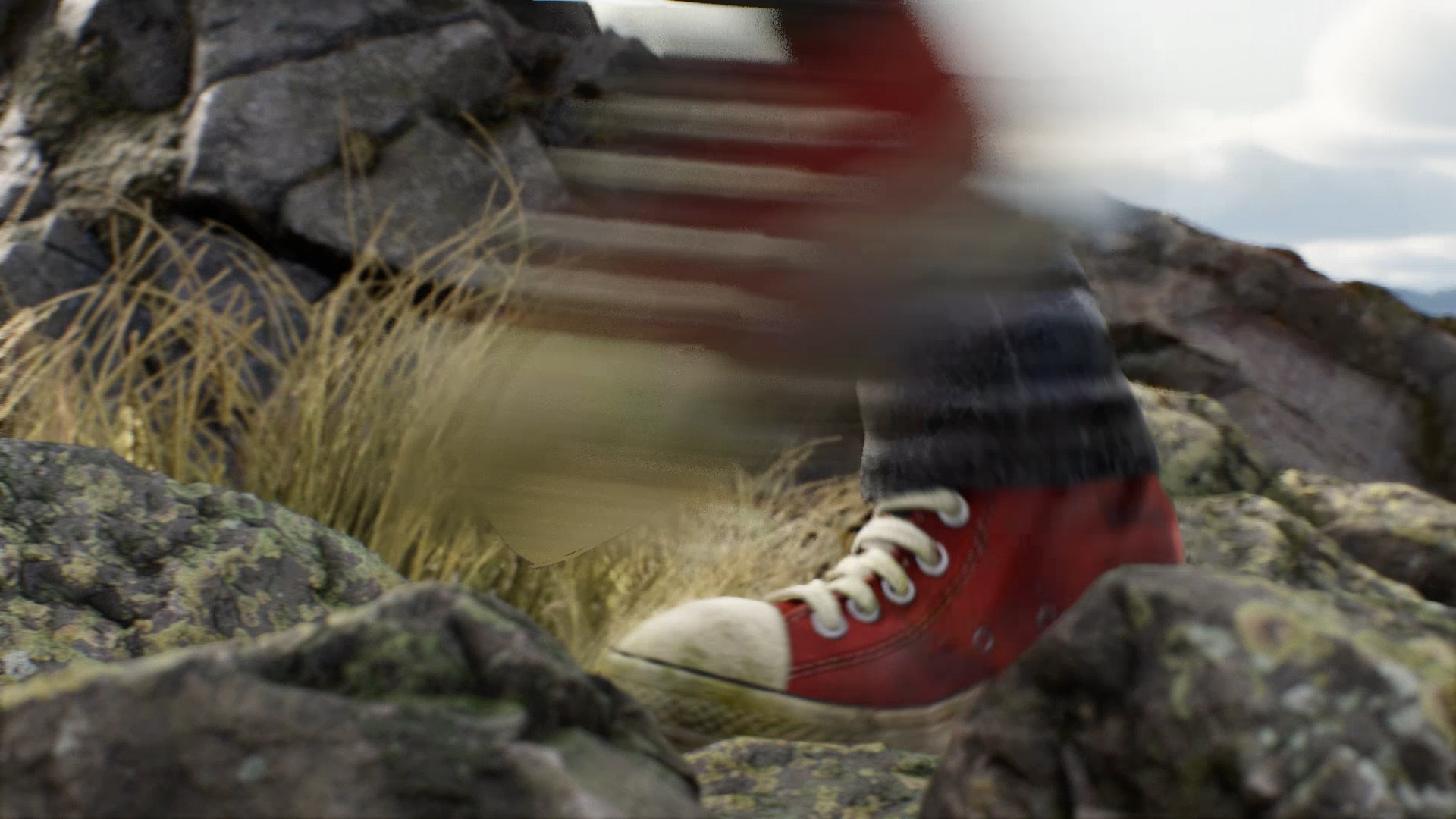
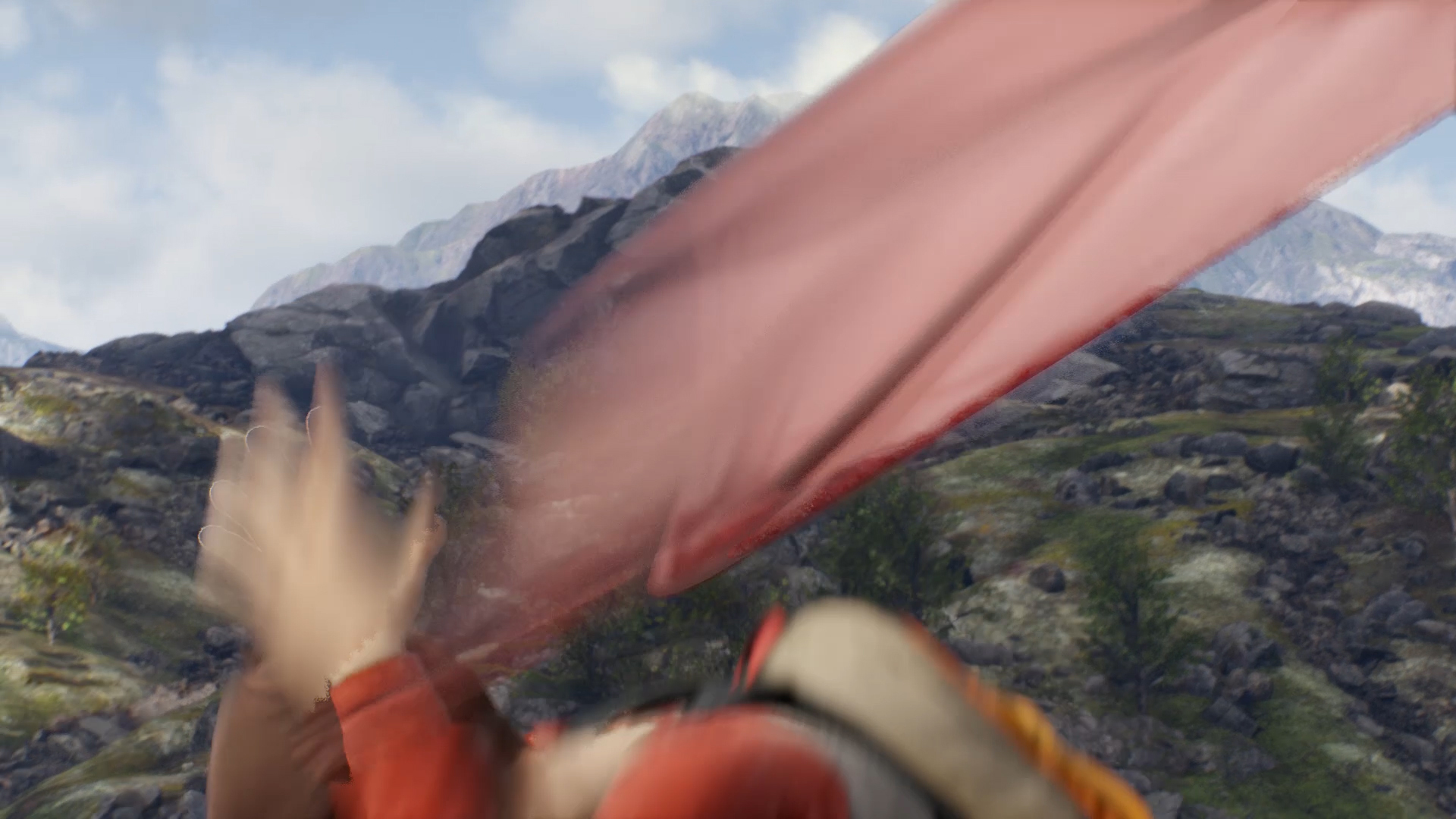
Very similar issues although ND seem to have iterated on it and improved it a lot since E3 (as have Epic almost certainly). And the Kite video is running on a Titan X so hardware is certainly not the issue here
To be honest, i prefer the super clean look in motion that their technique provides! It's certainly an interesting topic, temporal stability over static image quality?
I was surprise by the clean image in UC4 beta and stress test beta...
I don't play screenshot, the choice is easy for me...

